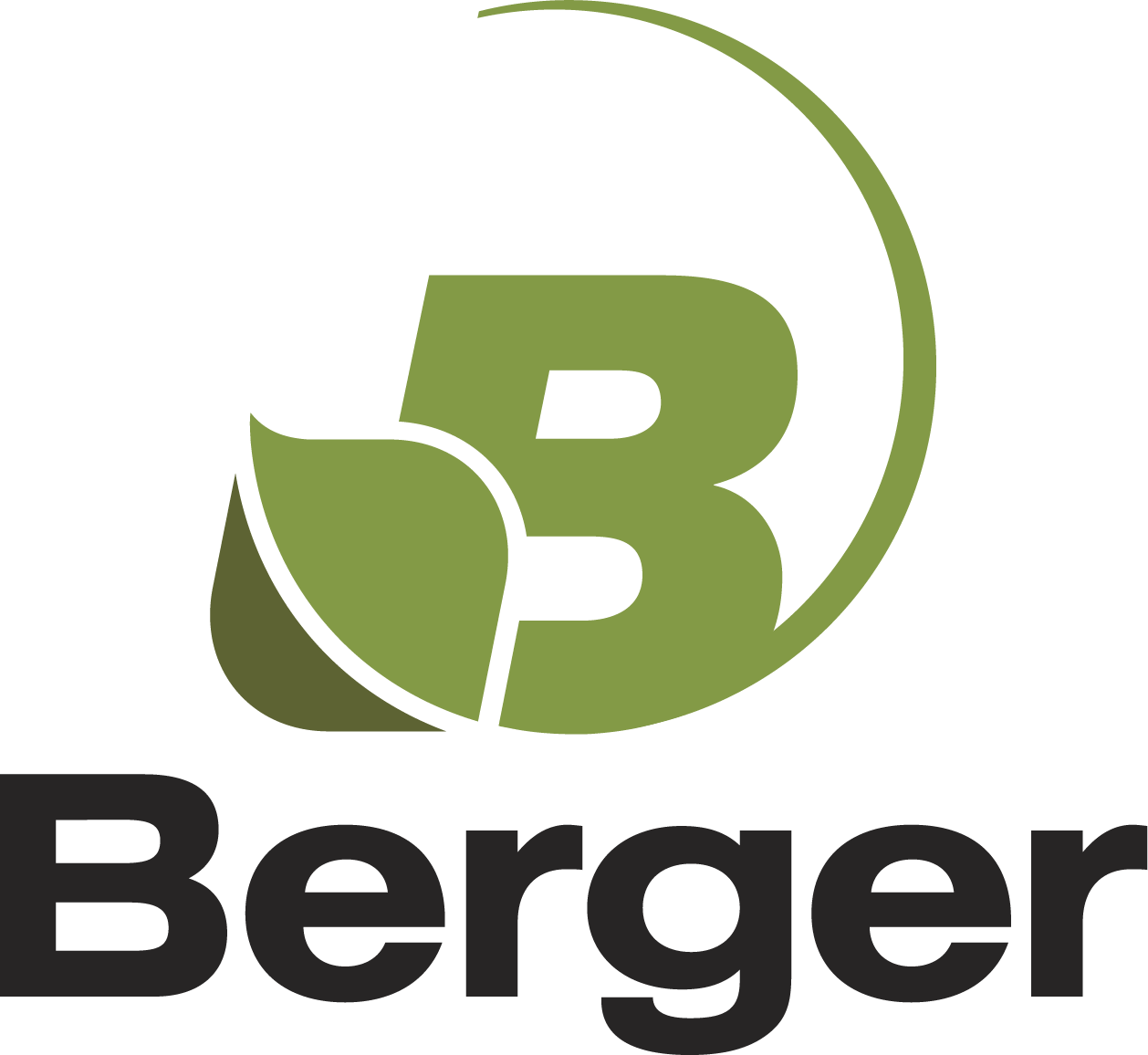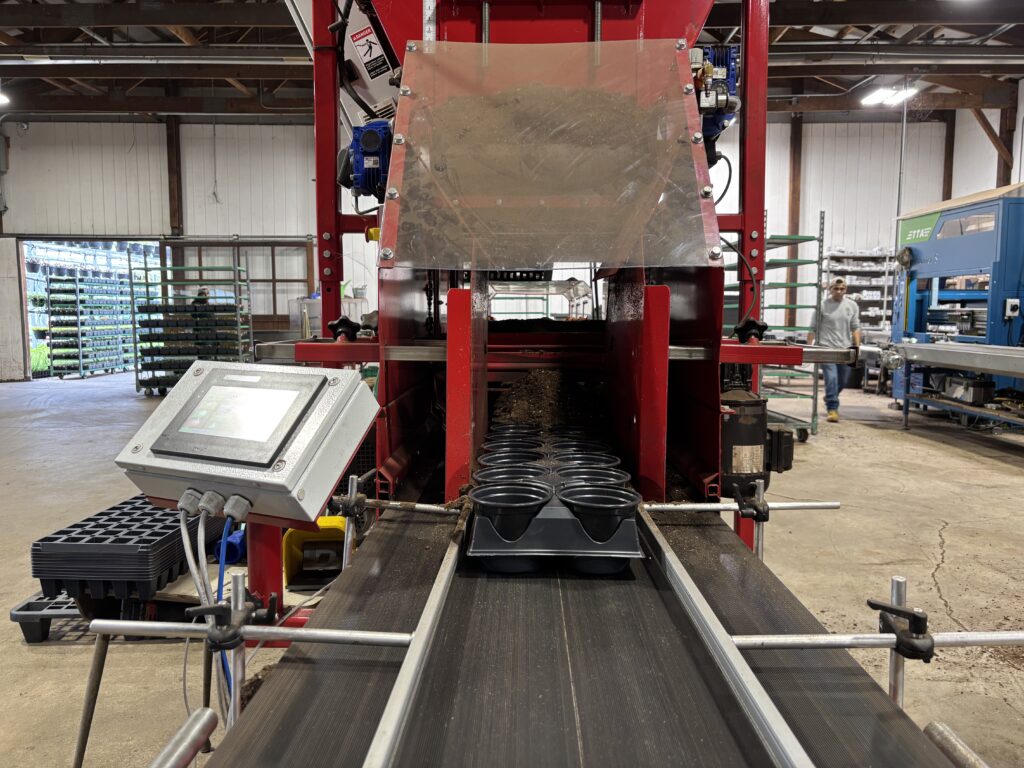Benefits of Small Fruit Substrate Production in a CEA
By John Bergman, Grower Advisor
Interested in making the jump from field production to growing small fruit in containers with quality substrates? There are many advantages to making this change, including crop quality, reduction of labor, increased yield, and reduced pesticide use, to name a few. You can also take control of when you want to schedule your crop to be harvested in order to spread out harvest periods and get the best prices for your produce.
Production Advantages
- With the ban of methyl bromide and the high cost of fumigates that are not as effective for field production, growers are looking for alternatives to deal with soil-borne pathogens, such as phytophthora and verticillium. By switching to growing with substate in containers, the effects of these pathogens can be significantly mitigated.
- There is no need to rotate the crops for nutrition or pathogen issues anymore. You can also improve the infrastructure to match the crop and improve labor savings.
- Additionally, you can make the switch to organic production immediately by growing in containers instead of leaving the ground fallow for a few years.
- Irrigation in substrates is more controlled than field production. You can react more quickly if changes are needed. You can reduce the amount of water and fertilizer that is required to grow a crop. Furthermore, you can capture and recycle the runoff from the crops to achieve impressive water and fertilizer savings.
- Reduced impact of insects in a high tunnel or a greenhouse-type structure.
- Less weed issues.
- More control over the environment: you can extend the growing season—even to year-round production—and maximize revenues.
- By growing in containers, you can control the dormancy and chilling of the crop to increase yield, accelerate the time to market, and spread out harvesting to keep your workforce busy. You can remove your raspberry or blackberry crops from the growing area to put them in a cooler at an optimal temperature for better-quality berries.
- Increase yield per square foot: you have control over the spacing of the crop as well as temperature levels to optimize growth.
- May increase the length of the growing season by growing in a high tunnel or greenhouse in order to capture valuable market share.
Quality Improvements of the Fruits
- Grow higher-quality fruits, which means larger berries with less damage.
- Increase your final products’ shelf life: growing in a controlled environment, you can be closer to the consumer to lower shipping costs and reduced transportation time.
- By always growing the same crop in the same location, you can install monitoring systems for better irrigation and environmental control.
- May improve the taste of the fruits, more flavor and sweetness.
Labor Savings
- By growing strawberries on tabletops, you will benefit from a faster harvest, with pickers enjoying more comfort as they work.
- When you are under some type of cover, you can harvest when it is raining.
How do you go about making this transition to growing soft fruits in substrate? You will need to decide how much of an investment you will need depending on the size of your operation, the crop you will grow and the market you want to target. The investment will also depend on the type of structure you will be using, such as a high tunnel or a more permanent growing area, like a greenhouse.
There still are a lot of questions that need to be answered; What container size are you going to use? How long is the crop going to stay in the container? How are you going to irrigate this crop? During which season will your production take place?
Knowing the answers to these questions will help you select the optimal substates for your crops. You want a high-quality, uniform mix that has plenty of air space, good moisture- and nutrient-holding capacity, and structural stability. Berger has a highly knowledgeable team of grower advisors and technical service experts that will support you throughout this process and help you choose the substrate that is best adapted to your soft fruits production.

